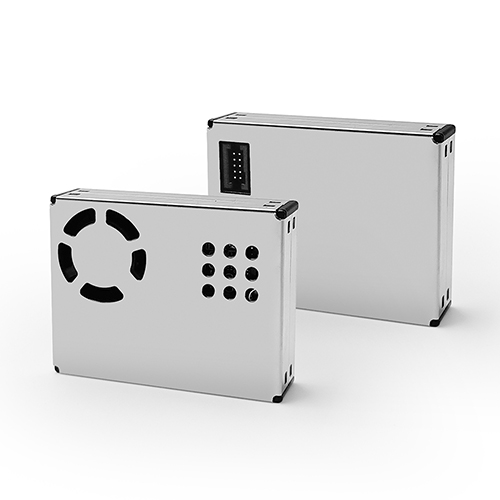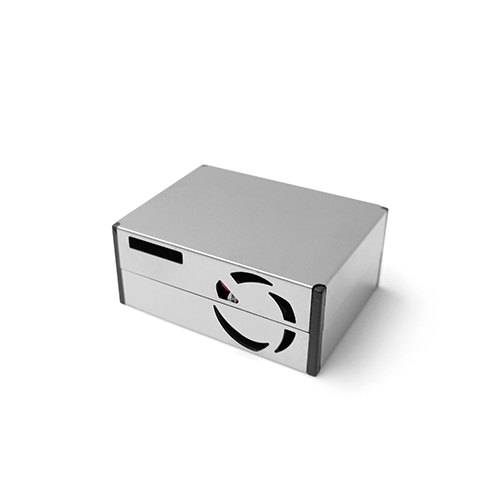Laser particle sensor applications
With the rapid development of science and technology, environmental protection issues have attracted more and more global attention. Among them, air quality monitoring is an important part of environmental protection work. As an advanced atmospheric monitoring equipment, laser particulate matter sensors are playing an important role in the field of environmental protection. This article will delve into the application and importance of laser particle sensors in the field of environmental protection.
How laser particle sensors work
Laser particulate matter sensors mainly use the principle of laser scattering to detect the concentration of particulate matter in the air. When laser light hits particles in the air, scattering occurs. By measuring the intensity and angle of scattered light, the size and concentration of particles can be deduced. This non-contact measurement method has the advantages of high accuracy, fast response and long-term stability.
Application of laser particulate matter sensor in environmental protection field
1.Air quality monitoring
Laser particulate matter sensors are key equipment in air quality monitoring systems. It can monitor PM2.5, PM10 and other particulate matter concentrations in the atmosphere in real time and continuously, providing environmental protection departments with accurate data support so that they can take timely measures to improve air quality.
2.Industrial pollution source monitoring
During industrial production processes, large amounts of particulate matter pollutants are often emitted. By installing a laser particle sensor at the emission outlet, the concentration of particulate matter in the emissions can be monitored in real time, effectively preventing excessive emissions and reducing the impact on the environment.
3.Construction site dust monitoring
Construction sites are one of the main sources of urban dust. Using laser particle sensors for dust monitoring can promptly detect and control dust pollution and protect the living environment of surrounding residents.
4.Indoor air quality monitoring
In addition to outdoor air quality, indoor air quality also affects people’s health. Laser particle sensors can be used for air quality monitoring in homes, offices, schools and other places to help people understand and improve indoor air quality.
Advantages of Laser Particle Sensors
High precision: The laser particle sensor uses the principle of laser scattering to accurately measure the size and concentration of particles.
Fast response: The sensor can monitor changes in particle concentration in real time and respond quickly to environmental changes.
Long-term stability: Since the laser sensor is a non-contact measurement method, it has a long service life and the measurement results are stable and reliable.
Easy to integrate: The laser particle sensor is small in size and light in weight, making it easy to integrate with other equipment to achieve automated monitoring.
In conclusion
As an important tool in the field of environmental protection, laser particle sensors are increasingly used in air quality monitoring, industrial pollution source monitoring, construction site dust monitoring, and indoor air quality monitoring. Its advantages such as high precision, fast response, long-term stability and easy integration make it play an irreplaceable role in environmental protection work. In the future, with the advancement of science and technology and the increasing demand for environmental protection, laser particle sensors will play a more important role in the field of environmental protection and provide stronger support for our environmental protection work.









